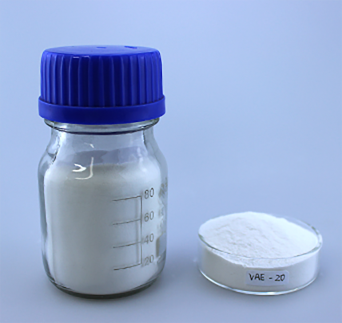
Jul . 27, 2024 11:02 Back to list
Exploring HPMC Safety Practices for Enhanced Health and Well-being in Various Applications
Understanding HPMC Safety An Overview
Hydroxypropyl methylcellulose (HPMC) is a widely used polymer in various industries, including pharmaceuticals, food, and cosmetics. Due to its diverse applications, ensuring the safety of HPMC is paramount. This article will delve into its properties, applications, and safety considerations, shedding light on what makes HPMC a reliable choice in many formulations.
What is HPMC?
HPMC is a semi-synthetic polymer derived from cellulose, which is a natural polymer obtained from plant cell walls. The chemical modification involves adding hydroxypropyl and methoxy groups to cellulose, which enhances its solubility in water and provides unique functional properties. HPMC appears as a white powder and is non-toxic, odorless, and tasteless, making it suitable for numerous applications.
Applications of HPMC
1. Pharmaceuticals HPMC acts as a binder, thickening agent, and film-forming agent in drug formulation. It is commonly used in tablet manufacturing and controlled-release medication, providing a consistent release profile.
2. Food Industry In the food sector, HPMC serves as a stabilizer, emulsifier, and thickener, improving texture and shelf life. It is often found in sauces, dressings, and gluten-free products.
3. Cosmetics and Personal Care HPMC is utilized in cosmetic formulations for its ability to stabilize emulsions and enhance the viscosity of creams and lotions. It is safe for skin application, making it a favored ingredient in many personal care products.
hpmc safety

4. Construction In the construction industry, HPMC is used in tile adhesives and dry-mix mortars, improving workability and adhesion properties.
Safety Considerations
The safety of HPMC has been rigorously assessed in various studies. Regulatory bodies such as the U.S. Food and Drug Administration (FDA) and the European Food Safety Authority (EFSA) have classified HPMC as Generally Recognized As Safe (GRAS) when used as a food additive. This classification signifies that HPMC poses minimal risk to human health when utilized correctly.
Toxicological studies indicate that HPMC does not exhibit carcinogenic, mutagenic, or reproductive toxicity. Furthermore, it is not absorbed in significant quantities by the gastrointestinal tract, which minimizes systemic exposure. As a result, HPMC is suitable for use in products that require ingestion, such as pharmaceuticals and food.
However, it is essential to adhere to recommended usage levels to ensure safety. Excessive consumption of HPMC could potentially lead to gastrointestinal discomfort, such as bloating or diarrhea; hence, maintaining appropriate dosages is crucial.
Conclusion
HPMC is a versatile and safe polymer that plays a critical role in various industries. Its wide-ranging applications—from pharmaceuticals to food and cosmetics—underscore its importance in modern formulations. As research continues to explore new applications for HPMC, understanding its safety profile remains essential for manufacturers, formulators, and consumers alike. By adhering to established guidelines and recommended usage levels, stakeholders can harness the benefits of HPMC while ensuring safety and efficacy in their products. Consequently, HPMC stands out as a dependable material, promoting innovations across diverse sectors while prioritizing consumer safety.
-
Versatile Hpmc Uses in Different Industries
NewsJun.19,2025
-
Redispersible Powder's Role in Enhancing Durability of Construction Products
NewsJun.19,2025
-
Hydroxyethyl Cellulose Applications Driving Green Industrial Processes
NewsJun.19,2025
-
Exploring Different Redispersible Polymer Powder
NewsJun.19,2025
-
Choosing the Right Mortar Bonding Agent
NewsJun.19,2025
-
Applications and Significance of China Hpmc in Modern Industries
NewsJun.19,2025







